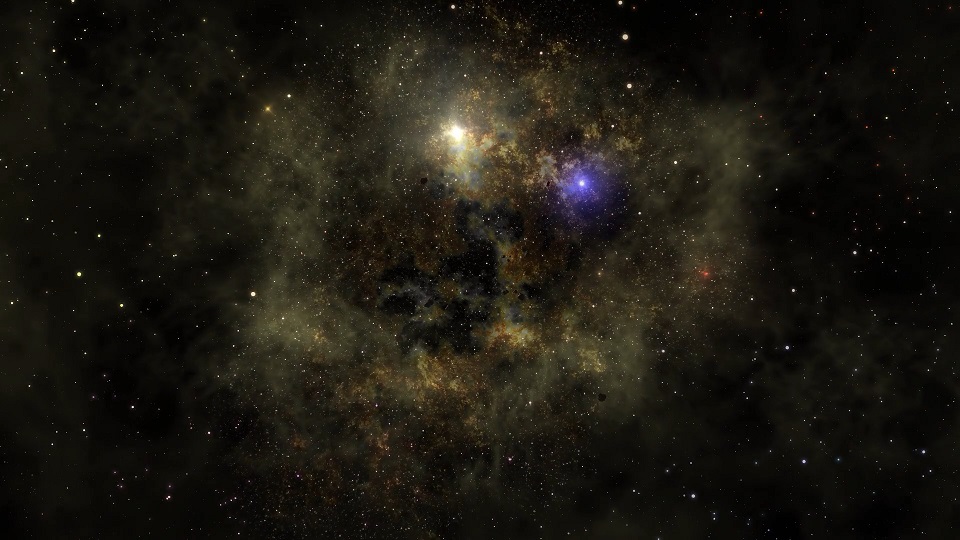
The potential life-bearing planet cannot be located neither too close nor too far from its star, therefore, its temperature allows the presence of water in liquid form, which is essential to define a habitable zone.
Also, the star cannot be close to the center of the Milky Way, where powerful stellar explosions - called Supernova - constantly happen. If it is located at the edges of the galaxy, there will not be enough quantities of biogenic atoms.
Sun-like stars have bigger habitable zones, while Red Dwarfs radiate extreme levels of radiation, which makes their habitable zone much narrow and closer. Supermassive stars live very little and the less massive ones are too cool to develop advanced life. Astronomers believe that Orange Dwarfs have intermediate properties between these two types and, therefore, are more likely to nurture life as we know it.